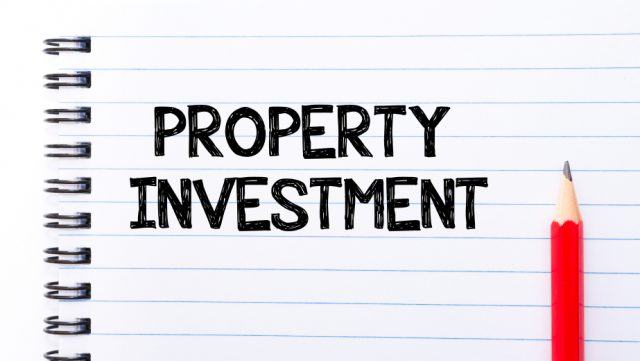Why Property Has Been the Best Investment of the Last Ten Years
Property has been named the best investment in the UK over the last ten years, delivering a significantly higher return than alternative options, such as the stock market and savings accounts.
A new study by estate agents Leaders and Romans compared the return an investor would have received in each of the four markets, had they invested an initial £50,000 in 2006.

Why Property Has Been the Best Investment of the Last Ten Years
The research revealed that the buy-to-let market has generated a 175% return over the past decade, equating to a profit of £138,936. In comparison, gold has delivered a profit of £50,673, interest on savings accounts is worth £14,447, and a £50,000 investment in the FTSE 100 has yielded just £2,969 over the same period.
The Letting Managing Director at Romans, Michael Cook, says: “Buy-to-let performs significantly better than other investments in terms of an overall return. Our research shows a buy-to-let investor in 2006 would be almost £90,000 better off today than somebody who invested in gold, and more than £135,000 up on somebody who bought stocks and shares.
“Although property investment can be more time-consuming and hands-on, with such incredible results at the end, it’s certainly worth it.”
Although gold, stocks and shares, and savings offer greater liquidity than property, which can take several weeks to buy or sell, this isn’t deterring astute investors, who value the dual benefits of a monthly rental income and capital appreciation over time.
Allison Thompson, the Managing Director at Leaders, explains why she thinks property is the best investment: “Despite many changes over the last ten years to the housing market and wider economy, buy-to-let is still the clear winner. As well as the most rewarding, it is also the safest of all the investment options over the long-term. We have seen historically that, although cyclical, house prices always rise in the long run. With the acute shortage of housing across the UK, this is only likely to continue.
“Cautious investors can minimise their risks in a number of ways, including utilising rent guarantee schemes to effectively insure their income – an option not available with other investments. This, along with the substantial returns to be made, make property more attractive than all other types of investment.”
If you are thinking of investing in or further into the property marker, you must be aware of the difference between Rent Guarantee Insurance and guaranteed rent schemes: https://www.justlandlords.co.uk/news/rent-guarantee-insurance-guaranteed-rent-schemes/
Do you believe that property is the best investment of the last ten years?







